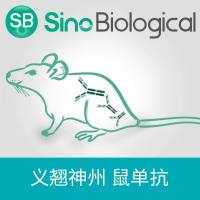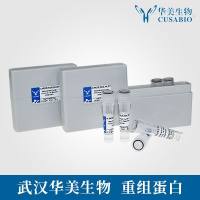Protocol for Constructing Tissue Arrays by Cutting Edge Matrix Assembly
互联网
547
We present a protocol for construction of high-density tissue microarrays, cutting edge matrix assembly , which is based on repetitive sectioning and bonding of tissues. Maximized array density is achieved by a scaffold-free, self-supporting construction with rectangular array features that are bonded edge-to-edge, resulting in minimal wasted space between samples. Construction of the tissue array blocks from paraffin-embedded tissue involves initial bonding of primary tissue plates into multiple primary tissue stacks. This is achieved by taking a shaving of desired thickness from the face of each specimen block, trimming the shavings into a set of rectangular primary tissue plates, and bonding multiple plates into primary stacks of tissue. Each resulting primary tissue stack is then transversely cut to produce a set of secondary tissue plates that contains elements of each tissue represented in the primary stacks. Secondary plates from multiple primary sample stacks are then restacked and bonded into a secondary stack. The assembled secondary stack represents a laminate of laminates, which becomes the final array block. The final array block is then reembedded in paraffin and can be sectioned transversely using a microtome to yield micrometer thin sections that are transferred to glass slides for array display and analysis. This technology has facilitated the construction of arrays containing more than 10,000 tissue features on a standard glass slide.









